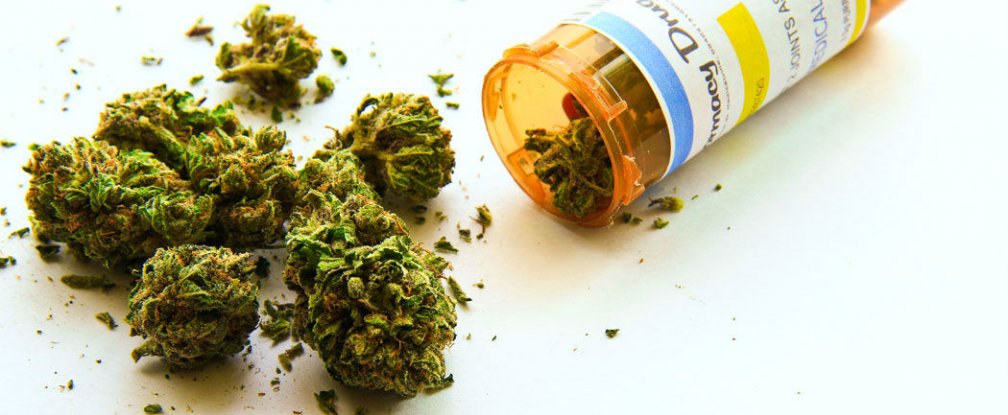Labelling on edible medical marijuana products in the US is rarely
accurate,
the results of a new study have revealed, with less than one
in five of the products analysed displaying the correct amounts of
tetrahydrocannabinol (THC) content on their packaging.
The research, published this week in The Journal of the American Medical Association,
sourced edible medical marijuana products from online dispensaries
located across three major US cities - San Francisco, Los Angeles and
Seattle.
Armed with prescription letters from physicians in line with state
legal requirements, volunteers were asked to buy several edible
marijuana products with a budget of US$400 per city. They were
instructed to purchase as wide a variety of products as they could find
from the three major categories: baked goods, beverages and
candy/chocolate.
Subsequent analysis of the samples found that of
the 75 different products purchased - representing stock from 47
different supplier brands - just 17 percent of the tested products were
labelled accurately in relation to the levels of THC content. They found
that 23 percent of the products were underlabelled, while a whopping 60
percent overstated the amount of THC contained within.
As Catherine Saint Louis at The New York Times reported,
the discrepancies in some instances were severe: in one case, a product
stated it contained 108 mg of THC per dose while in reality it
contained just 3 mg.
The findings matter because, while medical
marijuana use is still a controversial topic in many parts of the globe,
in locations where its use is legally permitted - and the product costs
patients money - it really ought to come under some sort of assured
quality control.
The authors of the study, which was a joint work between researchers from two US medical schools and the independently run Werc Shop Laboratory,
contend that the mislabelling that occurs on an industrial scale in
this sector could have serious, unintended consequences for patients
seeking relief from medical marijuana.
Specifically, overlabelled
products that don’t contain the sufficient stated amount of THC may not
produce the desired medical benefit, while underlabelled doses
delivering more THC than patients intend to consume run the risk of
producing adverse physical effects.
The researchers argue that
regulation and quality assurance in this area are sorely needed in order
to provide marijuana consumers with a safe, consistent dosage of
medicine.
Lead researcher Ryan Vandrey of the Johns Hopkins University School of Medicine told The New York Times,
"The point is not to say, 'Hey, X medical marijuana company, you’re
bad.' [We] don’t have the kind of quality assurance for edibles that we
have for any other medicine."
The good news is that better
industry standards and patient safety are on the horizon, and it’s hoped
we can get there once a little more of the smoke and paranoia over
medical marijuana usage have been blown away.
As commentator Donald Abrams from the San Francisco General Hospital put it to Saint Louis, "When that changes, we’ll see the industry rushing to standardise dosing, as well as laboratory testing of products."


No comments:
Post a Comment